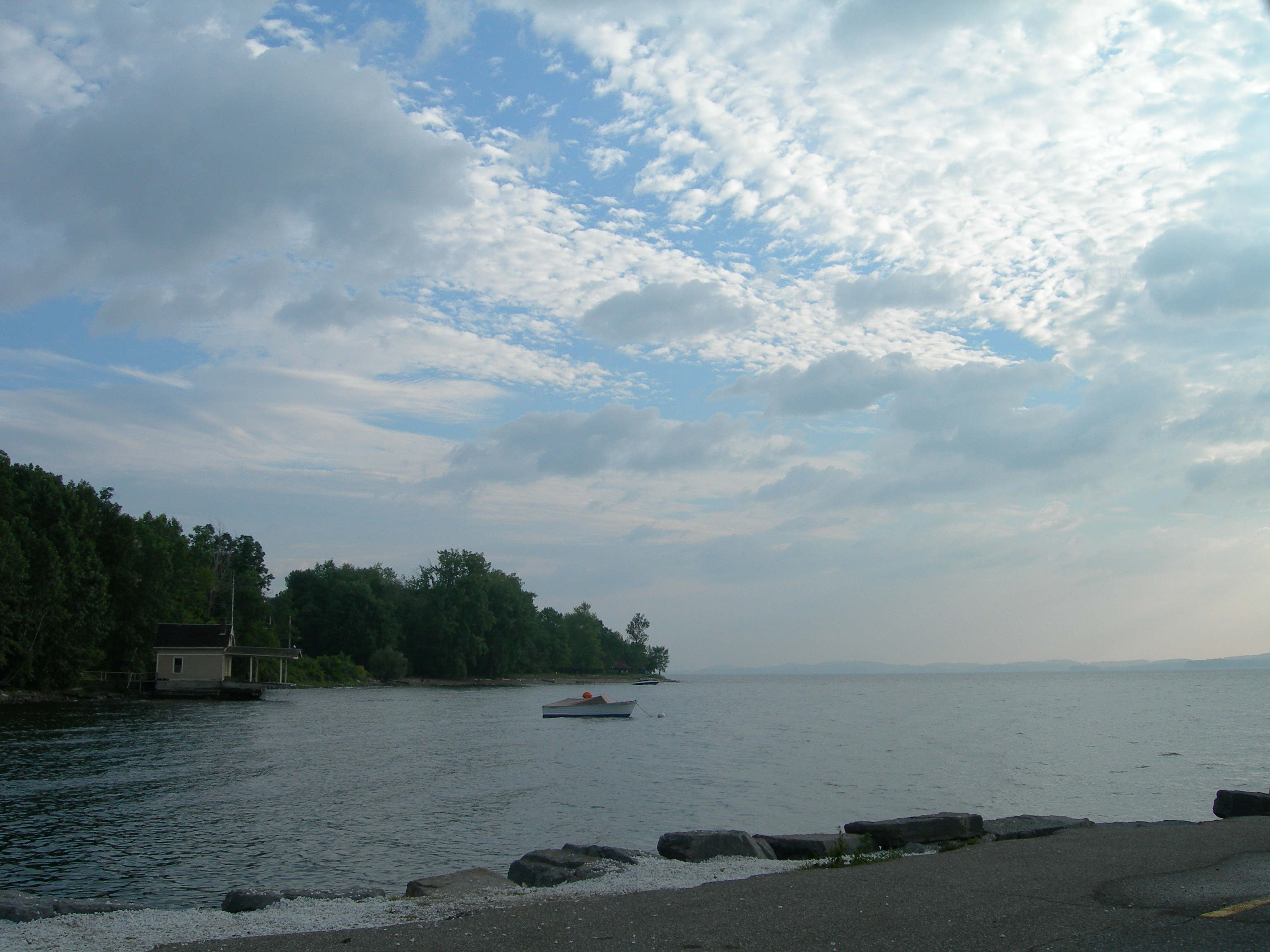
Melancholy much? Yesterday I posted this achingly evocative image on the Rosslyn Redux Instagram feed with thanks to our neighbor, Emma, who gifted the vintage photograph postcard to us. It was a gift to her from Michael Peden who, in turn credited his father, Douglas Peden, as the photographer. Here’s an excerpt from my caption.
Sometime in the early days of the millennium, perhaps. The condition of the boathouse suggested it may have been a few years prior to 2005 when we purchased Rosslyn. Such ethereal longing and melancholy in this painterly rendering. Hoping to learn more about this evocative photograph…
It turns out that my conjecture may have been off by a significant margin. There’s still no definitive date for when this melancholy moment in Rosslyn’s history was captured, but some interesting insights have emerged.
I’d guess that it is much earlier than 2005 – probably before 1985. If nothing else, the front porch doesn’t have its roof, and I don’t remember it ever being missing. The lack of the dock doesn’t mean anything, because with the water that high you wouldn’t see it, anyway. — Jason McNulty
I don’t recall the porch roof ever being missing either. Quick check from photos I have shows the roof there in 1969 and again in 2004. — George McNulty
Jason and George McNulty, two of the previous owner’s sons, have suggested that I’m probably off in my estimate by at least two to four decades. And George McNulty also shared another photograph doubling the subjects of my inquiry: when were these photographs taken?

Melancholy Boathouse Revisited
I’m grateful to Emma, Jason, and George for kindling this inquiry. And, as it turns out, the initial photograph gifted to Emma by Michael Peden (and ostensibly photographed by his father, Douglas Peden) which was in turn re-gifted to me has catalyzed even more intriguing feedback and photographs from Jason McNulty.
Jason McNulty followed up on Douglas Peden’s photograph at the top of this post with some feedback from his father, George McNulty, Sr. from whom we purchased Rosslyn sixteen years ago.
Sorry, but I really do not remember about the date. A good guess would be about 30 years ago. The photograph was taken by Doug Peden. It shows the dock house after I had rebuilt the cribbing but had not started to replace the roof. — George McNulty
Jason amended his own thoughts and another truly unique photograph of the boathouse.
For what it’s worth, if you fudge some numbers a little, this roughly corresponds with a picture that you posted on your site showing the dock house with its roof nearly destroyed by flooding in 1983. Given my parents’ finances at the time, it could easily have taken a few years to replace that roof. I’ve also found a picture in my collection from roughly 1989 showing a clearly new roof. — Jason McNulty

Spectacular cinematic image! I’ve taken the liberty of tweaking the levels, etc. to improve the detail of the boathouse, pier, etc. Here’s the adjusted and enhanced version.

I was curious about the photo’s provenance, also wondered about the boats, etc. Jason offered some helpful insights. Although he wasn’t certain who originally took the photograph, he felt confident that the year was 1989 (i.e. seventeen years prior to our purchase of Rosslyn.)
When I added the file to my collection, I renamed it and added the year 1989 to the name. I wouldn’t have done so if I was uncertain about the year, although I have no idea now why I was so confident then. As for the sailboat, it was my father’s second sailboat during my lifetime. It was fiberglass and this picture must be relatively early in Dad’s ownership of the boat since he didn’t wait too long to replace the outboard rudder with an inboard one. This boat eventually disappeared from its moorings with no explanation, although the aluminum mast was still in the barn for years later. The first sailboat was a wooden boat, possible yellow in color, that sank on the other side of the dock (parts of its frame can still be seen), and its mast is now the flagpole for the dock house itself. The rowboat was one of three or four that Dad designed and built using plywood. Growing up, I rowed it all over the shoreline, going at least as far the marina. Unfortunately, part of the reason that Dad had to make so many was that they kept rotting out. — Jason McNulty
Although I’ve wandered afield to be sure, my curiosity’s been awakened. I told Jason that I recollected him (or perhaps his father) telling me about the sailboat that sank. As a boater and a sailer, the tragedy etched itself into my memory. But, I told Jason, I didn’t realize that another sailboat had vanished as well. Mysterious. Might it also have sunk?
It might have, but I doubt that it sank at its moorings. It was tied to a buoy not to far away from the dock itself, and I’m sure that Dad did things like check to see if the rope was still there or whether there was a large white blur underwater. Besides, unlike the wooden sailboat, the fiberglass one didn’t leak. Beyond that, though, I’m not sure. — Jason McNulty
I’m aware that Rosslyn’s boathouse flagpole is their former sailboat mast. A perfect story instance of repurposing. And I have salvaged a few other pieces from the sunken vessel. But now my wonder wanders to the second sailboat that disappeared. Hhhmmm…











